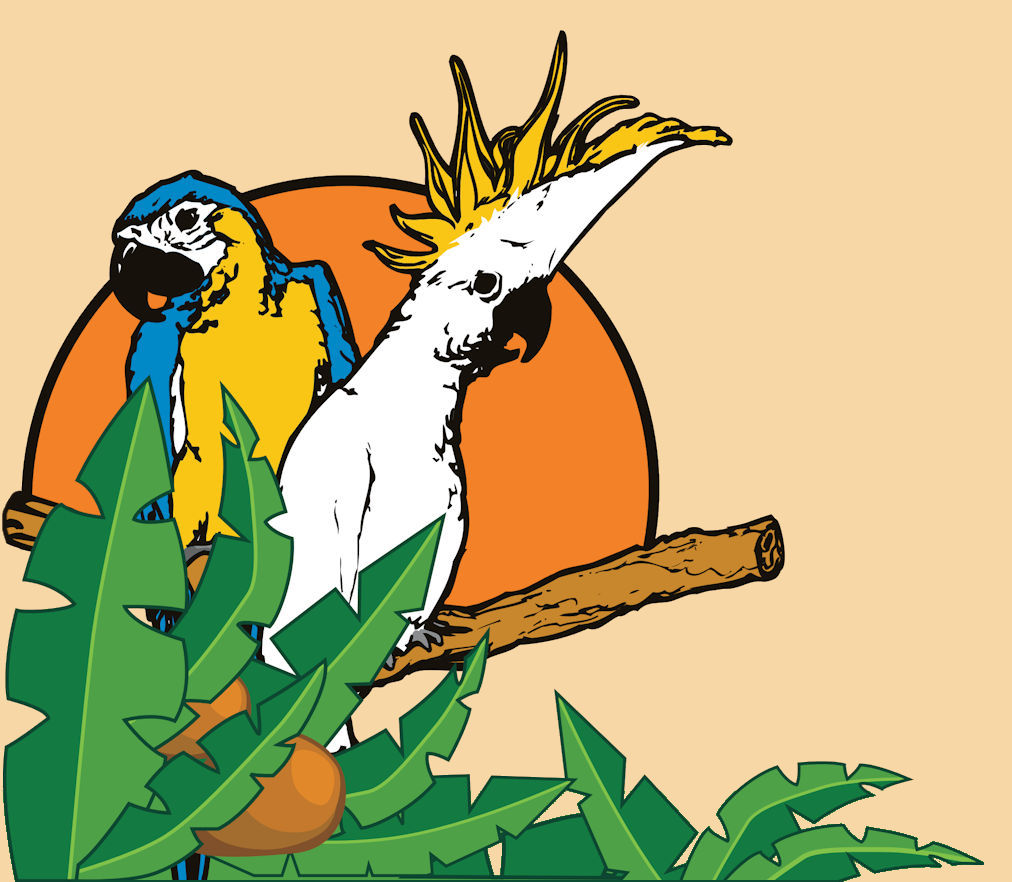It is obvious just by looking at birds, that they are much different from the typical house pets like cats and dogs. Aside from the physical traits and dietary needs, it is also how we interact with them. It is human nature to want to show our affection by touching and petting our animal companions, but we must realize that not all birds want such a hands-on approach.
Many birds, like cockatoos and conures, love affection wanting to be pet everywhere! Under the wings, over their cheeks, down their back, and more. Other species are very tolerant, such as cockatiels, senegals, and macaws, offering their heads when they want a scritch on the back of the neck. Others types, like some amazons and African Greys are not always as hands-on. If your bird does not like being pet, don’t worry! This does not mean it doesn’t like you or trust you, they just may prefer a different form of interaction! Some parrots enjoy singing and talking with their owners, dancing and bobbing up and down on a perch, or even playing with toys together.
Many people try approaching a new or unfamiliar bird too quickly and from high above. If this action is perceived as a predator, the bird may nip or bite. A more relaxed position would be to hold the bird, and start low at the tail until it is comfortable, then you can work your way up the back. Another method is starting with light touching on the toes and moving up to the chest.
For birds that actively enjoy being pet, please take into consideration that under the wings and at the rump, where the base of the tail is, are areas that can be overly stimulating for them- and why your bird may perceive you as a potential mate.
